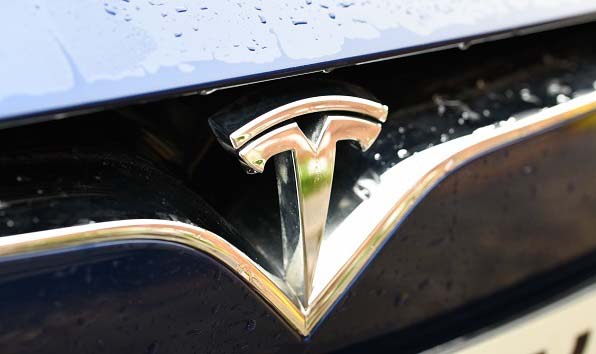In the Model 3 and Y there are 96 series sets of 46 cells in parallel. So the loss of one cell in the 46 would reduce capacity in that set by 1/46 or about 2.2%. But because that set of 46 is in series with 95 other sets of 46, the whole pack possibly has reduced capacity depending on how the BMS works. If it can compensate for that cell loss then the pack loss is only about 0.023%.
The total number of cells in the pack is 46 X 96 = 4,416
There is a dongle you can buy so you can hook up a Bluetooth adaptor and read the CAN bus messages then use the 'Scan My Tesla' app to view battery voltages. Here is a screenshot from my 2018 Model 3 Performance. It is normally charged to 80% and has about 35,000 miles on it. You can see the high and low cell voltage differs by 4.012 - 4.006 = 0.006 Volts. I would not expect much more range from further balancing.
Great information. I agree - your pack seems well balanced. A 6mV delta across all 96 parallel groups is pretty tight.
It may have not been clear in the video, but in packs with series/parallel combinations (like the tesla pack), the individual cells within a parallel group will never become unbalanced. Since the anodes are physically connected, and the cathodes are physically connected, the individual cells within a parallel group will always stay at exactly the same voltage. A weak individual cell will just syphon juice from its neighbors in the parallel group and stay at exactly the same voltage as the other cells that it's connected to. Parallel groups of individual cells kind of "self balance" each other.
So I typically think of parallel groups as one giant single cell.
In the tesla pack example you laid out, there will be 96 groups in series. The imbalance will not occur on an individual cell basis. The imbalance would occur in one of the 96 parallel groups.
Balancing will bring all 96 parallel groups to the same voltage (within some mV tolerance of course).
If I were you and had not balanced my pack in 5 years, I would probably give it a shot for peace of mind.
Anyway, thanks again for sharing.
Cheers







